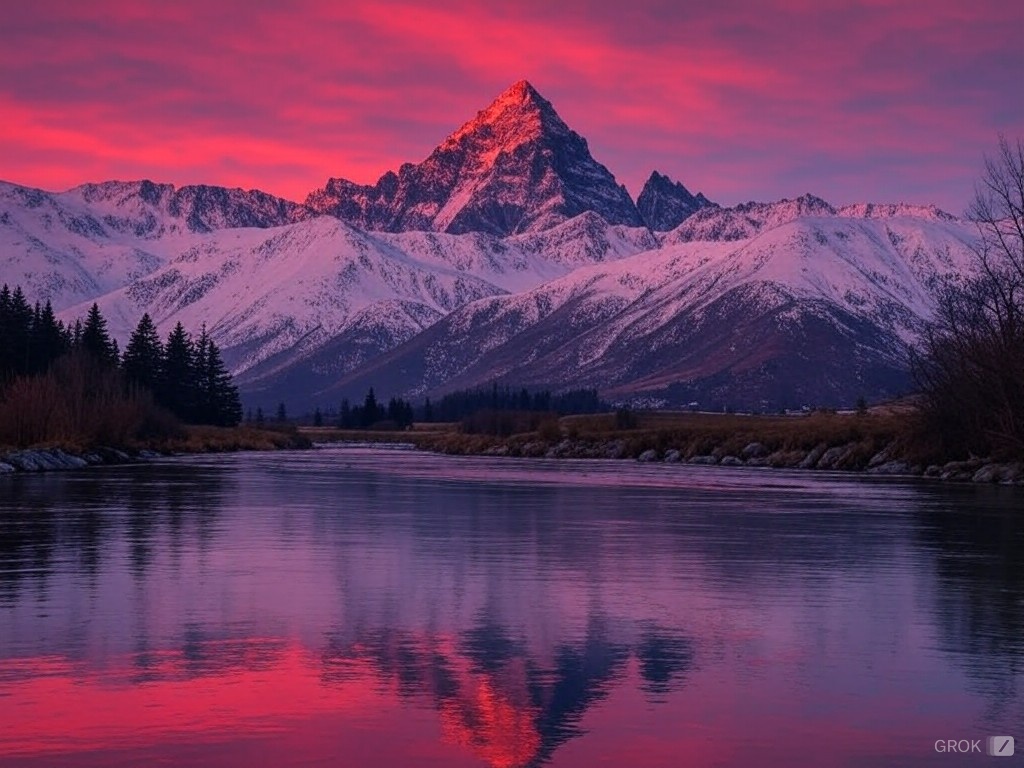So, you’ve got an idea for a game that’s been cooking in your mind for weeks, maybe months. You’re ready to dive into Unity and bring that world to life, right? Well, hold your horses – or your spaceships, or your fantasy creatures, or whatever populates your game world. Because before you start populating anything, you need to think about terrain. Yes, terrain – it may not sound as thrilling as the epic battles or mind-bending puzzles you’re planning, but trust me, it’s crucial.
But why obsess over terrain, you might ask? Well, let me tell you, the ground under your characters’ feet is more than just a surface. It’s the stage where all your action happens. Get it wrong, and it’s like a Shakespeare play set in a dingy office – it just won’t feel right.
Why Bother With Unity For Terrain?
Unity, ah Unity – a toolkit that’s as frustrating as it is fantastic. If you’ve been in the game (pun intended), you know what I’m talking about. The freedom it gives you with tools like the Terrain Engine is simply staggering. You can sculpt mountains, carve valleys, plant forests that feel alive, and that’s just the beginning. It’s like being a god, but without all that smiting business.
And here’s a thing – when you’re playing around with Unity’s terrain features, you can’t help but get a little carried away. Raise your hand if you’ve ever spent hours just tweaking the heightmap, only to realize you haven’t even added player mechanics yet. No? Just me? Hmm.
Getting Down and Dirty with Details
Alright, detail is the devil, or is it the other way around? Doesn’t matter. The point is, detailing your terrain is what makes your world convincing. Texture is your friend here. You know, blending grass with dirt, or making a rocky surface that looks like it has endured the weathering of time. Unity’s Terrain Editor has these paint-like tools that let you get these textures down. It’s kind of therapeutic, actually—like painting, but the canvas is your game world.
And don’t get me started on trees. Placing them might sound simple enough, but it’s a whole science. The density, the types of trees, their distribution – it all needs to echo the environment you’re aiming to create. Too symmetrical, and it looks like a manicured garden; too random, and it might hinder gameplay. It’s a fine line.
Do You Ever Doubt Your Terrain?
Sometimes, in the deep, dark moments of a long design session, you hit a snag. Is this hill too steep? Does this river make geographical sense? It’s almost like the terrain is talking back, questioning your every decision. But that’s part of the fun, right? Every little decision impacts game dynamics. It’s a puzzle that’s not just about aesthetics but also about the playability of your level.
If you’re ever in doubt, remember – testing is your best friend. Run through your level, get others to try it, and watch where they get stuck or what they totally miss. It’s a learning process, a live experiment in creating immersive environments.
Alright, I think I’ve rambled on enough about terrain. It’s just one of those things I’m passionate about, perhaps too passionate. But hey, if you’re diving into Unity Terrain or any other aspect of 3D game level design and find yourself needing a hand or just someone to bounce ideas off, hit me up. I’m here, and I’d love to help you craft the perfect stage for your game’s grand drama.
Email me anytime at [email protected]. Whether it’s a quick question or a massive project, I’m all ears. Looking forward to hearing from you!
